Viking Aromatics: How Ancient Scandinavians Kept Life (and Longhouses) Smelling Fresh
Share
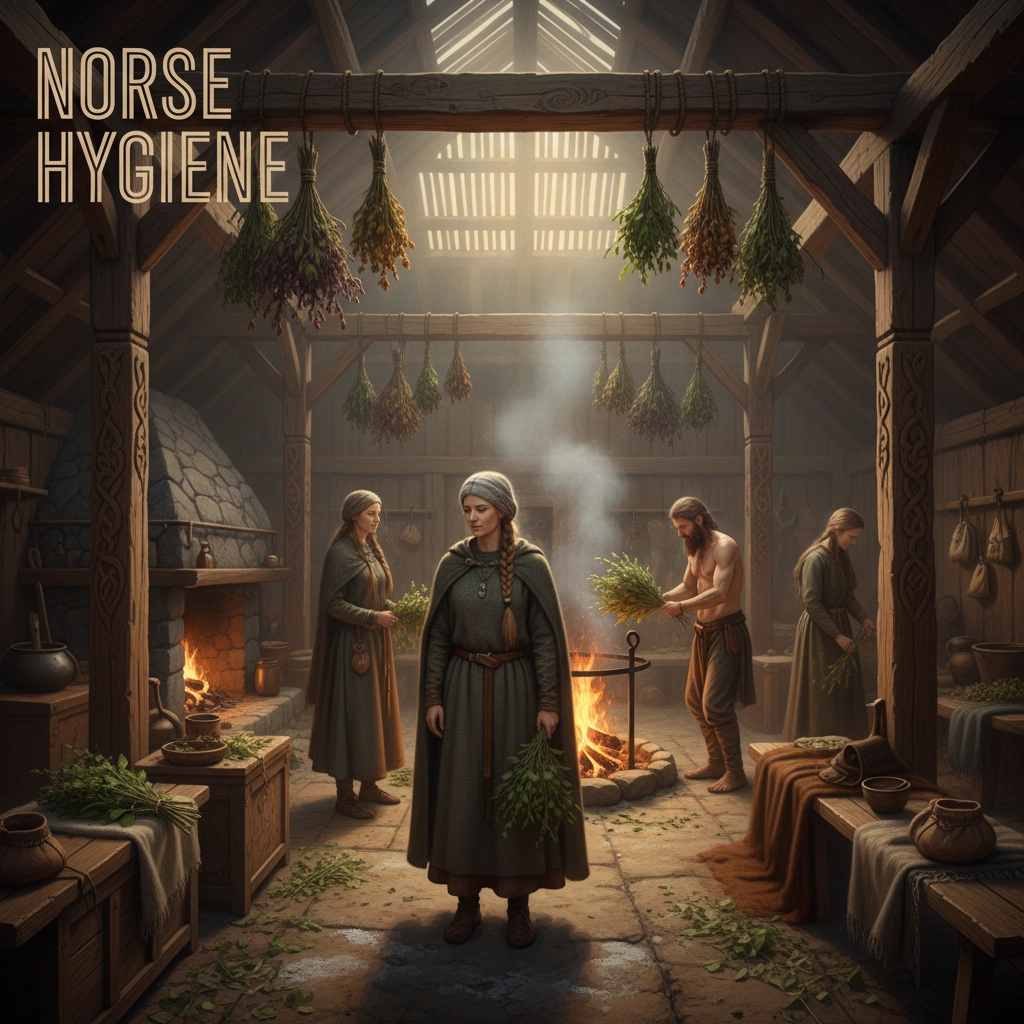
Picture this: you're crammed into a smoky longhouse with thirty other people, a handful of livestock, and cooking fires burning 24/7. Welcome to Viking life: where keeping things smelling decent wasn't just about comfort, it was about survival. But here's the thing that'll surprise you: these ancient Scandinavians were way more sophisticated about aromatics and freshening their world than most people realize.
The Longhouse Challenge: When Cozy Gets Crowded
Viking longhouses weren't exactly what you'd call spacious. These communal structures housed multiple families, working animals, and all the activities of daily life under one massive roof. With limited ventilation and constant fires burning for warmth and cooking, the potential for overwhelming odors was real.
But Vikings weren't about to just live with it. Archaeological evidence from sites across Norway and Denmark shows they developed ingenious methods to combat the inevitable funk of communal living.
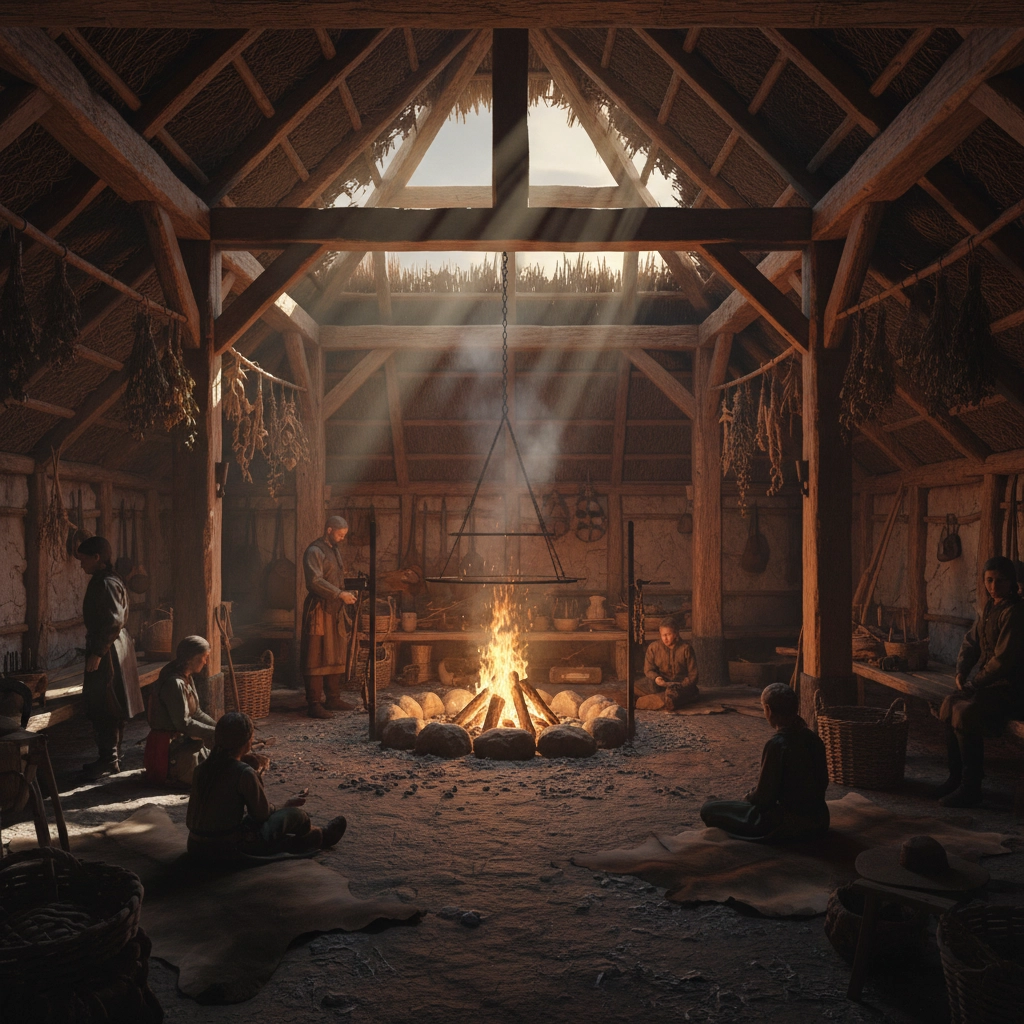
The Ash Solution: Nature's Original Deodorizer
One of the most brilliant Viking innovations was spreading ashes from their cooking and heating fires across the packed-dirt floors of their longhouses. This wasn't just housekeeping: it was environmental engineering. The alkaline properties of wood ash naturally neutralize acidic compounds that create unpleasant smells, while simultaneously absorbing moisture from the damp Scandinavian climate.
According to archaeological studies of Viking settlements, this practice was so common that ash layers are consistently found in excavated longhouse floors, suggesting it was standard practice throughout the Viking Age.
Smoke Management: Architectural Aromatics
Vikings designed their longhouses with sophisticated ventilation systems that managed both smoke and scent. Strategic gaps in thatching and adjustable vents allowed stale air to escape while drawing in fresh northern breezes. This wasn't just about preventing smoke inhalation: it was about maintaining airflow that kept odors from becoming overwhelming.
The Jorvik Viking Centre notes that careful fire placement and flue design could actually use smoke beneficially, as certain woods produced pleasant aromatic smoke that helped mask less desirable scents while providing practical benefits like pest control.
Bathing Culture: Cleanliness as a Way of Life
Here's where Vikings really stood apart from their medieval European contemporaries: they were obsessed with cleanliness. While much of Europe considered bathing dangerous or sinful, Vikings built elaborate bathhouse systems and made regular washing a cornerstone of their culture.
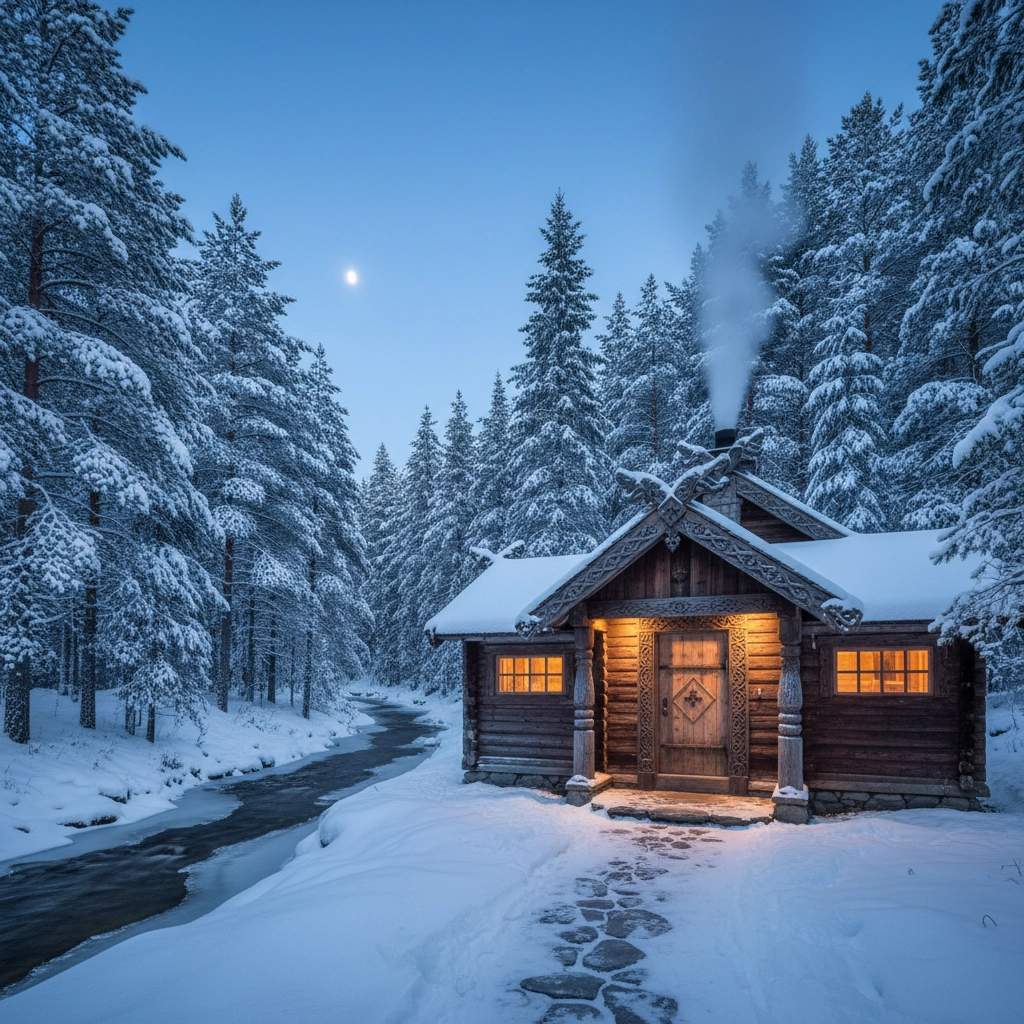
Viking bathhouses weren't just functional; they were social centers where communities gathered. These structures featured advanced systems for heating and moving water, with some wealthy Vikings like Snorri Sturluson constructing complex piping systems at sites like Reykholt.
But it wasn't just about getting clean. Vikings understood that steam and heat could "revitalize the spirit," as mentioned in historical accounts. They'd alternate between hot saunas and cold plunges, a practice that not only promoted health but kept their bodies and clothing fresher for longer periods.
Seasonal Bathing Rituals
During warmer months, Vikings would bathe in streams and lakes, often incorporating aromatic plants into their washing routines. Winter brought them indoors to heated bathhouses where they could sweat out toxins and maintain hygiene even in the harshest weather.
The Aromatic Garden: Viking Plant Power
Vikings were surprisingly sophisticated botanists. They cultivated aromatic plants not just for medicine, but for their scent-enhancing properties. Archaeological evidence from Viking settlements reveals garden plots filled with plants that served dual purposes.
Garden Angelica: The Star of Viking Aromatics
Garden angelica (Angelica archangelica) was the crown jewel of Viking aromatic plants. This hardy Nordic herb was so valued that Vikings introduced it throughout continental Europe during their travels. When the roots were boiled, they released an intensely aromatic fragrance that could freshen entire living spaces.
Rich in vitamin C and possessing natural antimicrobial properties, angelica served multiple functions in Viking society. It was the only Scandinavian medicinal herb to enter the global market, according to studies by ethnobotanists studying Viking plant use.
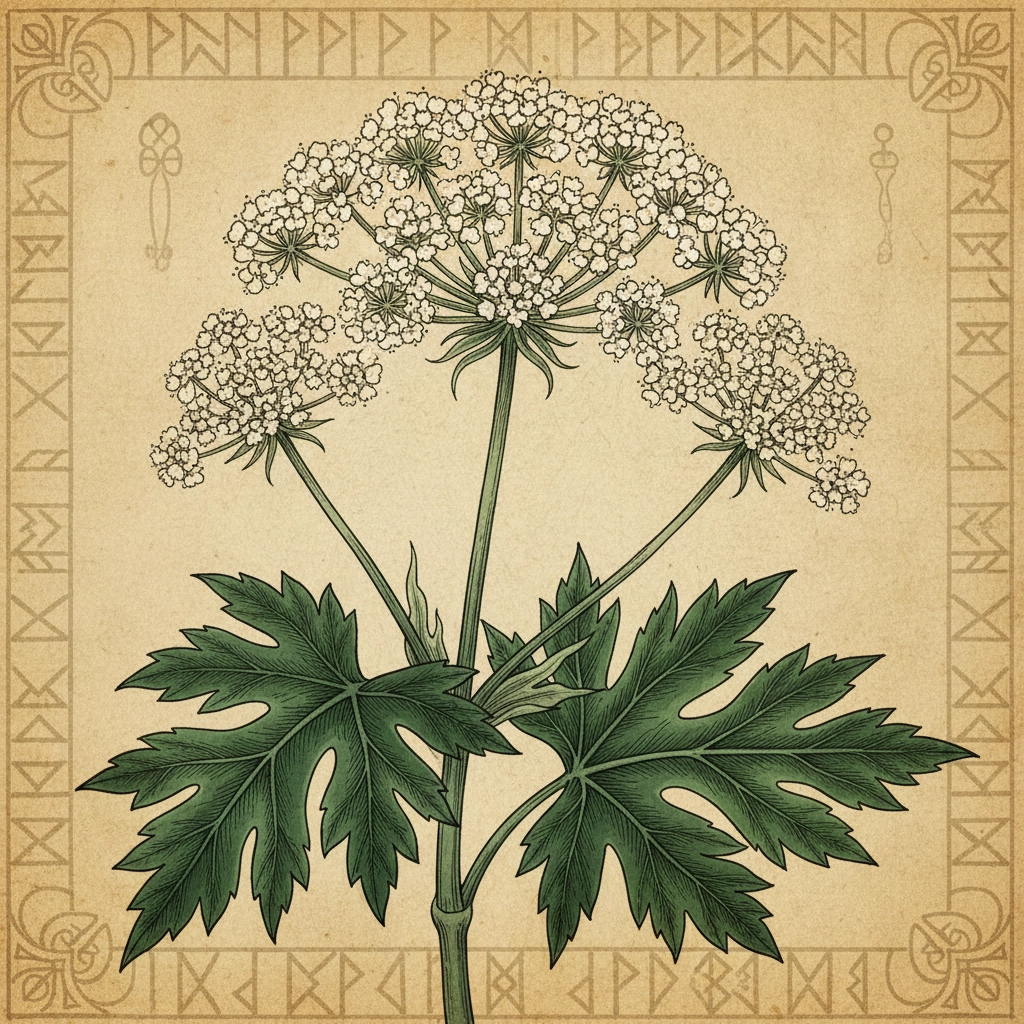
The Traveling Garden
Vikings were plant collectors before it was cool. Archaeological evidence shows they brought home foreign seeds, cuttings, and grafts from their extensive European travels. This botanical exchange resulted in Viking gardens that included plants like mullein, opium poppy, and medicinal mallow: many of which contributed pleasant aromas to their environment.
Trading for Luxury Scents
Viking trading networks were incredibly sophisticated, and aromatic substances were prized commodities. Through their extensive trade routes, Vikings gained access to exotic spices that would have been unimaginable luxuries in medieval Scandinavia.
The Spice Route Connection
Vikings obtained cumin, pepper, saffron, ginger, cardamom, cloves, nutmeg, mace, cinnamon, aniseed, and bay leaves through their trading posts. These weren't just for cooking: many of these spices were used to freshen storage areas, clothing, and living spaces.
The antimicrobial properties of many spices also meant they served practical purposes beyond just smelling good. Cloves and cinnamon, for example, naturally repel insects while providing pleasant aromas.
Aromatic Fuels and Lighting
Vikings didn't just burn any old wood. They understood that different materials produced different aromatic qualities when burned. Oak, birch, and pine each contributed unique scents to their living spaces, and the choice of fuel was often influenced by the desired aromatic outcome.

For lighting, Vikings used oil lamps burning cod liver oil or, when available, seal or whale oil. While these provided essential illumination during long northern winters, the burning oils also contributed their own distinct aromas to the longhouse atmosphere.
Textile and Personal Aromatics
Vikings stored aromatic herbs like dried angelica, imported spices, and local plants among their clothing and bedding. Wooden storage chests often contained sachets of aromatic materials that kept textiles fresh and pest-free.
The concept of personal aromatics wasn't foreign to Vikings either. While they didn't have bottled perfumes, they understood the value of pleasant personal scents and incorporated aromatic plants into their personal hygiene routines.
Natural Air Freshening Techniques
Beyond the more obvious methods, Vikings employed several subtle techniques for managing their aromatic environment:
Strewing Herbs: Fresh herbs were scattered on floors, particularly during special occasions or seasonal celebrations. These would release pleasant fragrances when walked on while providing natural pest control.
Aromatic Storage: Foods, medicines, and precious items were stored with aromatic plants that served dual purposes: preservation and pleasant scent.
Seasonal Practices: Different seasons brought different aromatic challenges and opportunities. Vikings adapted their practices accordingly, using what nature provided each season.
The Legacy of Viking Aromatics
The sophisticated approach Vikings took to managing their aromatic environment reveals a culture that valued comfort, health, and quality of life even in challenging circumstances. Their innovations: from ash deodorizers to aromatic gardens: demonstrate an understanding of how scent affects daily life that was centuries ahead of their time.
Modern recreations, like those attempted at the Jorvik Viking Centre, try to capture the complex aromatic landscape of Viking life, combining pleasant natural scents with the practical realities of medieval living.
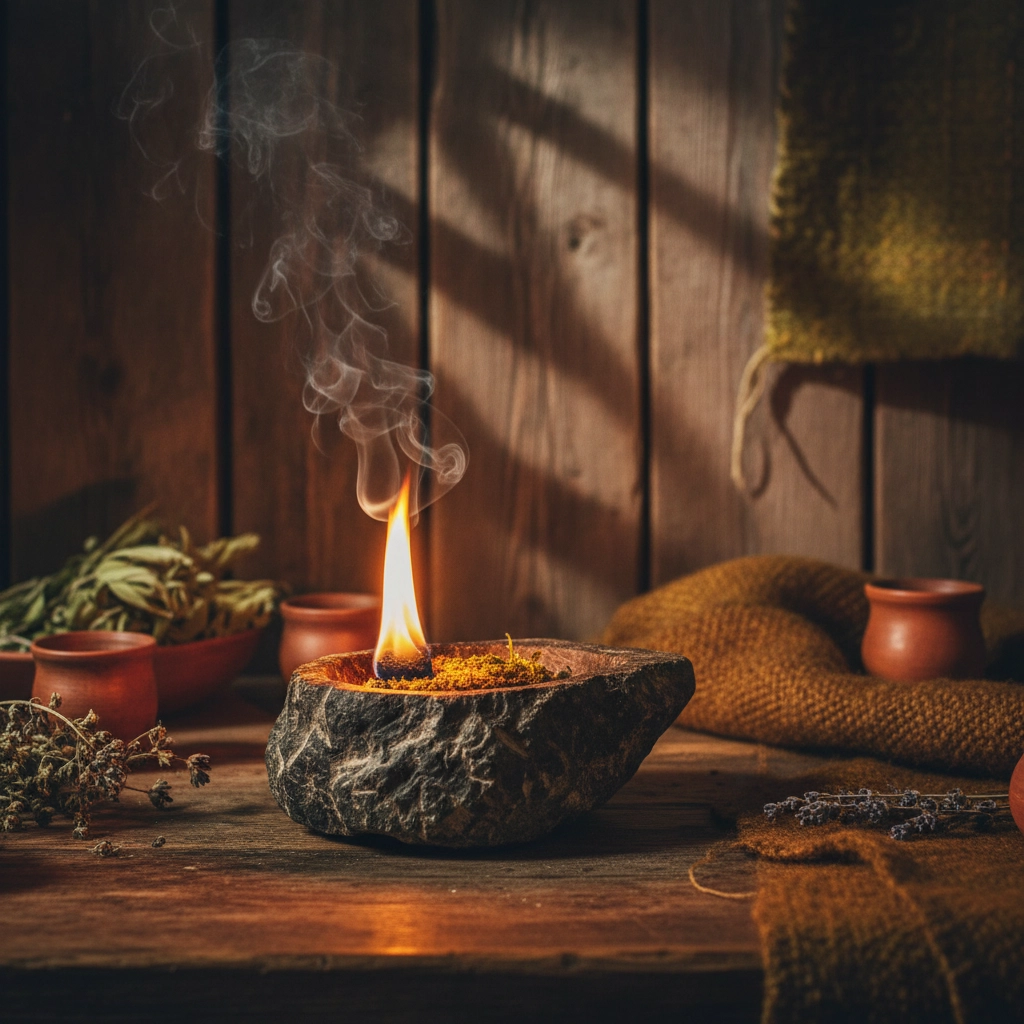
Today, as we rediscover the benefits of natural aromatics and traditional hygiene practices, there's something to be learned from these ancient Scandinavians who refused to accept that life had to smell bad. They combined practical engineering, botanical knowledge, and trading networks to create environments that were as pleasant as they were functional.
The next time you light a scented candle or add essential oils to your home, remember you're following in the footsteps of Vikings who understood that a good-smelling life is a better life: and they made it happen with nothing but their ingenuity and the natural world around them.
